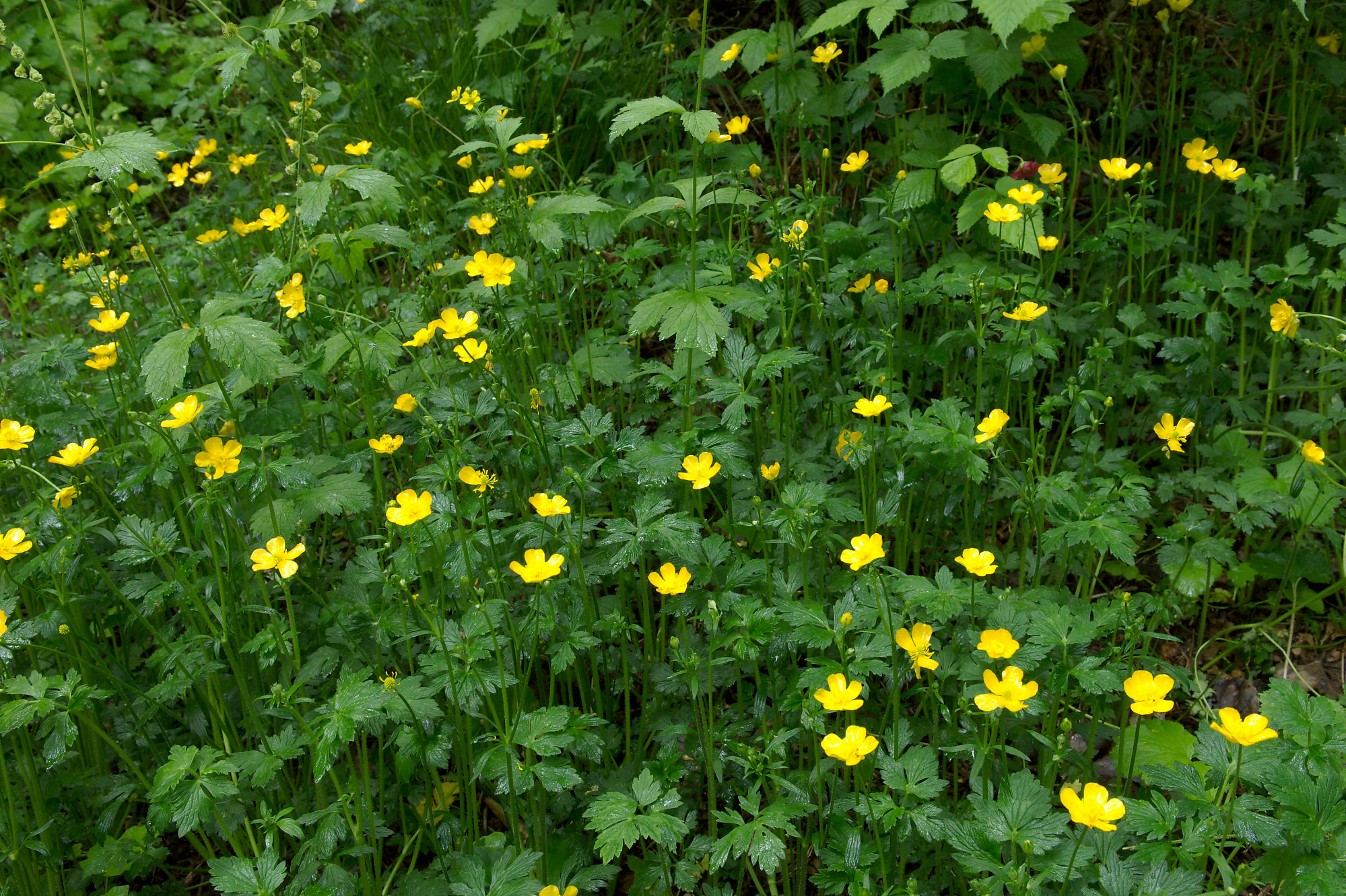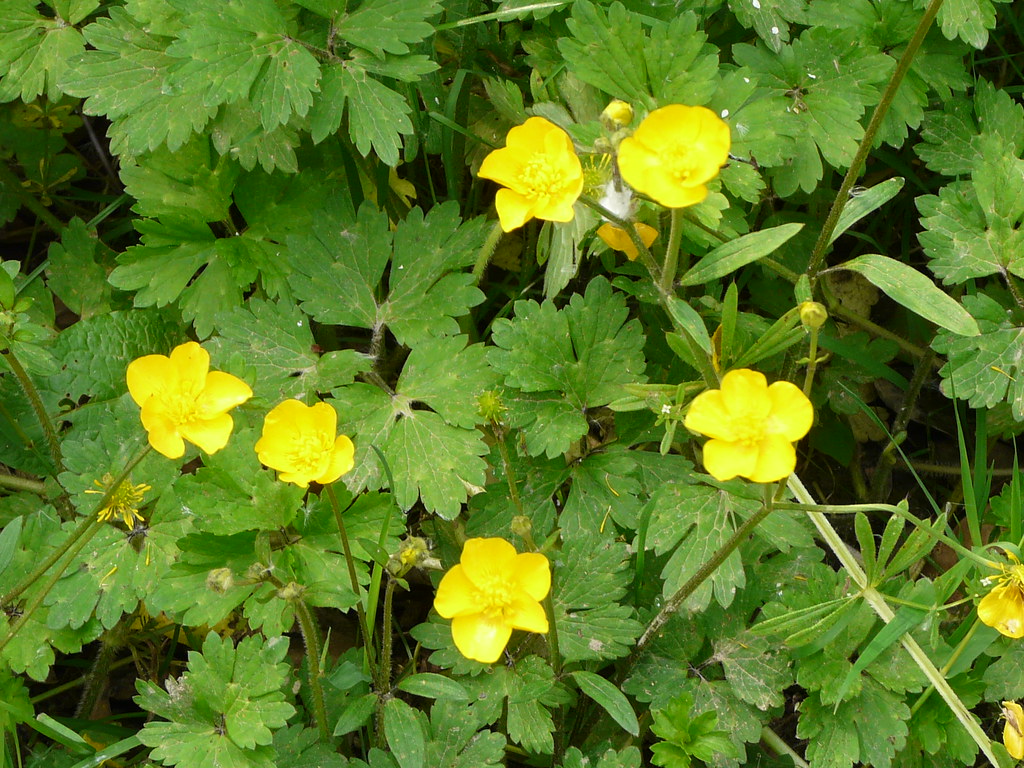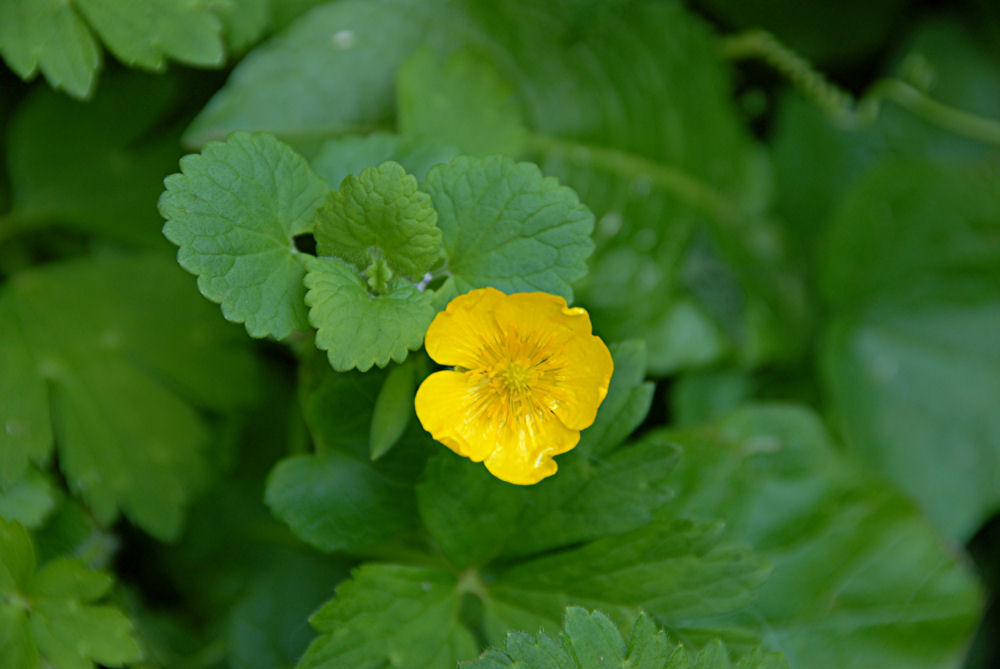

Much like the body of the flower itself, the pistil is split into a head and stalk. Fruit plants not only create seeds but the fruit that surrounds the seeds as well. When the eggs are fertilized, they begin growing and will eventually turn into a seed.

The ovary is responsible for holding the eggs that will be fertilized by the pollen of a male organ. The ovary of the flower is itself located at the base of the pistil. The ovules are the eggs of the flower, found within the ovary of the flower. The pistil of a flower is made out of four parts. The pistil is the female organ of the flower while the stamen is the male organ of the flower. This structure contains the major organs of the flower.įlowers can have female organs and male organs. The flower’s receptacle is the thick portion of the flower, found at the bottom of the flower where the head joins to the stalk. The peduncle of the flower is another term for the stalk or stem of a flower. These small leaf structures help protect the flower before the petals bloom. The sepal of flowers are small structures that grow at the base of the petals. The bright coloration of the flower’s petals makes it attractive to insects and other creatures, which frequently help fertilize the ovules of the flower through pollination. Petals are what give flowers their unique shape. The anatomy of a flower is made out of various structures such as the petal, the sepal, the peduncle, the receptacle, pistils, and stamens. However, some species of buttercups are biennial or annual. Many other flowers are annual flowers or biannual flowers, having a year to two-year lifecycle respectively.

Dermatitis, itch, rashes, and other painful symptoms can occur.īuttercup flowers are typically perennial plants, meaning that they have lifespans of two years or more. The toxin protoanemonin is released when the plant is wounded, and it can cause various dermatological issues when contacting the skin. When the plants are handled by humans, a substance known as ranunculin is broken down to form protoanemonin. Consuming the Buttercup leaves an acrid taste in the mouth as well as blistering of the mucous membrane within the mouth. If ingested by cattle, symptoms such as excessive salivation, blistering of the mucous membrane, bloodied diarrhea, and other gastrointestinal issues can manifest themselves.Īll of the species within the genus are toxic when they are consumed fresh. Cattle will not typically eat Buttercups, doing so only if the field they are in is overgrazed and lacking in other forms of edible plant material. While some erroneously believe that buttercups are used to give butter its yellow coloration, this isn’t true.īuttercups are somewhat toxic to livestock such as cattle, and for this reason, buttercups are often considered harmful weeds by livestock owners. The name may have come from the fact that many Buttercup species grow along the banks of bodies of water. The name of the Ranunculus genus comes from Latin, being a derivative of the word “rana”. Let’s examine some more facts about the Buttercup flower, or Ranunculus genus, as well as take a look at some examples of flowers within this genus. While buttercup flowers typically bloom during the spring months, they can often be found into the summer. This reflective surface causes a flashing when in the sun that helps regulate the temperature of the flower as well as attract pollinating insects. In addition, because of the coloration mechanism of the petals, the upper surface of the petal frequently has a mirrorlike sheen. The petals of plants within the Ranunculus genus are frequently quite bright in coloration, often a visible bright yellow. However, some people will use the term Buttercup to refer to all flowers of this genus. Other types of flowers found within the genus include those referred to as water Crowfoots and spearworts. Buttercup flowers are species of plants found within the genus Ranunculus.


 0 kommentar(er)
0 kommentar(er)
